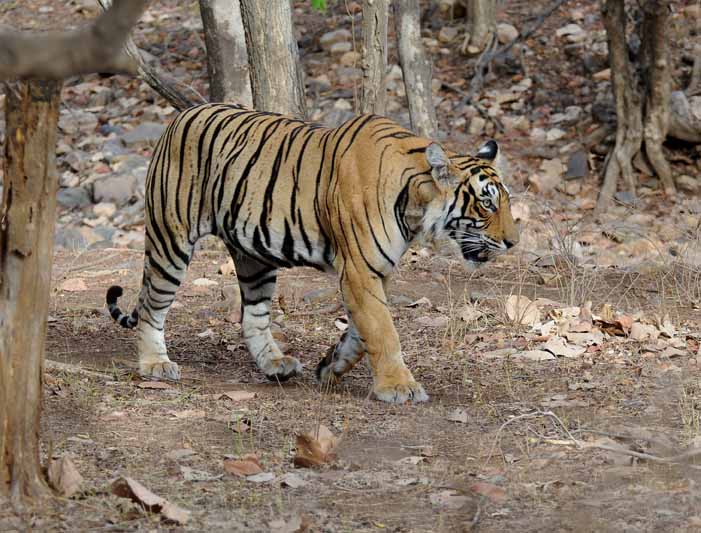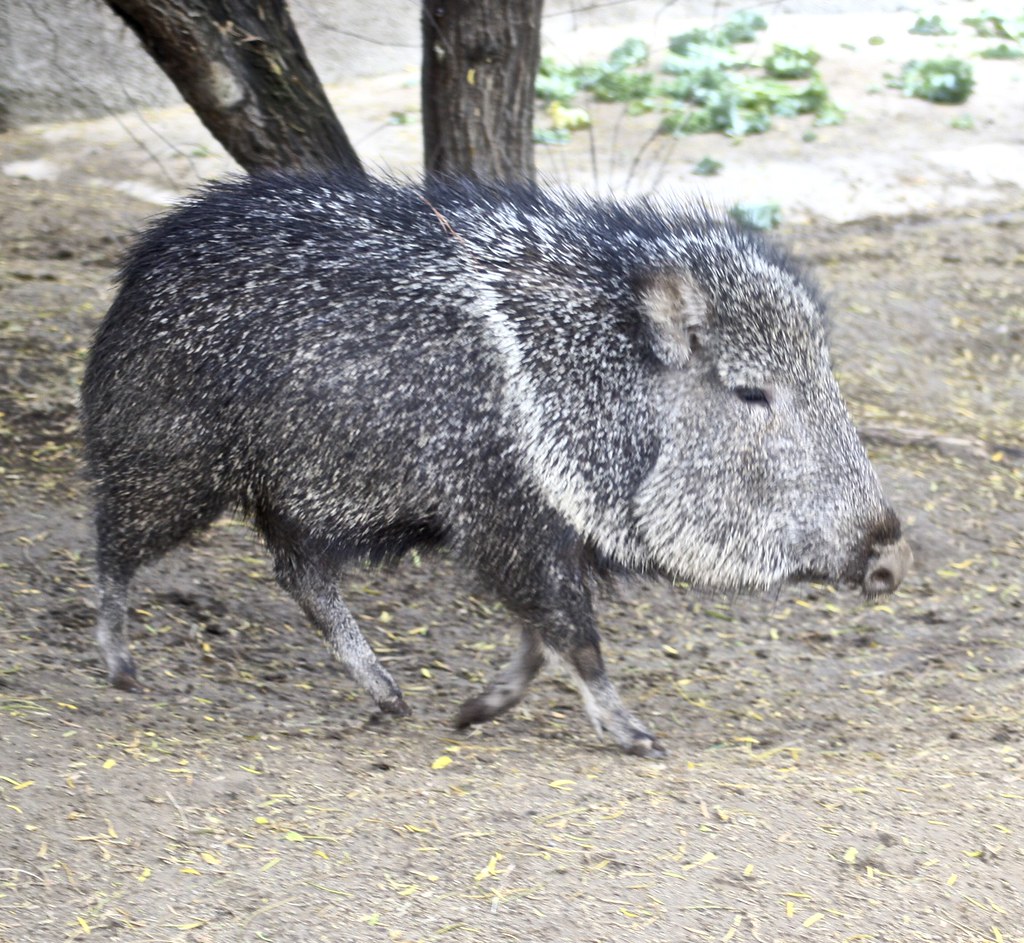O nature, it is full of wonders and surprises … and all kinds of remarkable and peculiar records and facts.
The best animal stories can be seen here! (Scroll down to the article.)
Most sexual partners, the largest eyes, the most hair on the body: Below you will find ten such curious facts from the animal kingdom.
 © katharinakanns / pixabay
© katharinakanns / pixabay
1. Dangerous big cat
In the Guinness Book of Records, the so-called Champawat tiger is listed as the deadliest of its kind. The Champawat tiger was a female bengal tiger that was known to have killed and eaten 436 people in Nepal and parts of India around 1900 in just eight years.
The Champawat tiger was shot in 1907 by the well-known British hunter Jim Corbett, who killed a dozen man-eating tigers and leopards in the course of his life. Analysis of their remains revealed that the ogres had behaved this abnormally, presumably due to illness or unhealed wounds.

2. Apron Hunter
The northern fur seal is a species of seal that is native to the North Pacific and the Bering Sea. The life expectancy is 20 to 25 years, the males become sexually mature between the ages of five and six years.
There isn’t much time to let off steam. A northern fur seal bull mated with 163 females, making it the most polygamous mammal. The cut is 30 females.
 © Wikipedia / public domain
© Wikipedia / public domain
3. Most of the legs
No, a millipede doesn’t have a thousand feet, but the closest thing to it was a specimen of the species Illacme plenipes, which got 750 legs.
This was obviously an exception. It is common to have around 600-700 feet for females and around 400 for males. The females are 3 cm long on average.
 © Wikipedia / CC BY 2.0 / Ralf Janssen, Nikola-Michael Prpic and Wim GM women
© Wikipedia / CC BY 2.0 / Ralf Janssen, Nikola-Michael Prpic and Wim GM women
4. Most of the hair
To protect yourself against the cold and wet, you could eat a thick layer of fat; or you literally get a thick coat like the sea otter does.
Because an average of 800 million hairs grow on the body of an adult sea otter, which makes its fur completely waterproof.

5. Fast digger
Aardvarks are nocturnal solitary animals that only leave their underground burrow between sunset and sunrise. The aardvark can dig this out very quickly: it only takes five minutes to dig in completely.
Depending on the region, this brings together a considerable number of caves: In South Africa, for example, there are up to 29 aardvark burrows per hectare, while elsewhere up to 101 burrows per hectare and a half were counted.

6. A nose
A dog’s good sense of smell is well known. What is less well known, however, is that polar bears also have an excellent sense of smell, which helps them significantly when hunting.
Polar bears can sniff their prey for several kilometers, even through the ice. A polar bear is said to have smelled a seal from a distance of 10 km. Other sources even claim that a polar bear headed for its prey unerringly from 40 miles away.

7. The biggest eyes
“I’ll look you in the eye, little one”: Giant squid has long been considered a myth and a nautical thread. Their existence has meanwhile been proven, but little else is known about them.
With a length of 12 to 14 meters and a weight of 750 kg, the colossal squid is the largest species of squid. With a diameter of up to 27 centimeters, it also has the largest eyes in the animal kingdom.
 © Wikipedia / CC BY-SA 4.0
© Wikipedia / CC BY-SA 4.0
8. Social housing
Settlement weavers are sparrow-like birds that live in the Kalahari and build impressive nests that grow larger over time and sometimes collapse under their own weight. In these nests with different chambers there is space for up to 150 pairs of settlers to breed.
Empty “apartments” are also used by other bird species, which then – as a rule – live peacefully with the builders.
 © Wikipedia / CC BY-SA 2.5 / Harald Süpfle
© Wikipedia / CC BY-SA 2.5 / Harald Süpfle
9. Surprising comeback
The Chaco peccary is a South American pig species that has been considered extinct since the last Ice Age around 10,000 years ago. Researchers could only prove the animal’s existence through fossils.
Until 1975, when the Chaco peccary was rediscovered alive in Paraguay. It was never extinct.

10. Loved to death
Although the Stuart broad-footed pouch mouse is a very small mammal, it only mates within a period of two weeks in August – all representatives of this animal species synchronously! The males gather in nests that are sought out by the females. Everyone mates with as many sexual partners as possible for between twelve and fourteen hours.
The males are under so much stress to find a mate and so exhaust themselves during the act that they die immediately after mating.
After 28 days of gestation, all females also give birth synchronously. After the birth of their young and the subsequent rearing, only 15% of the dams survive and experience a second mating season at all.
 © Wikipedia / CC BY-SA 2.5 / Glen Fergus
© Wikipedia / CC BY-SA 2.5 / Glen Fergus
Every animal has its own little toy. It’s amazing what things some animals do from time to time. If you are still interested in some local animal records, you will find the 7 most dangerous animals in Germany here.
Thumbnail: ©Flickr / KoshyKoshy